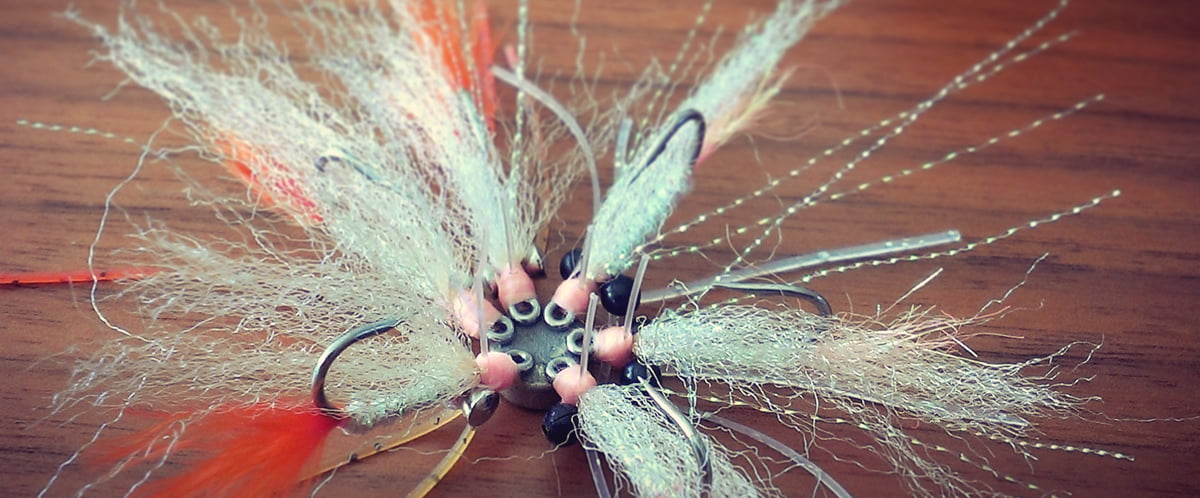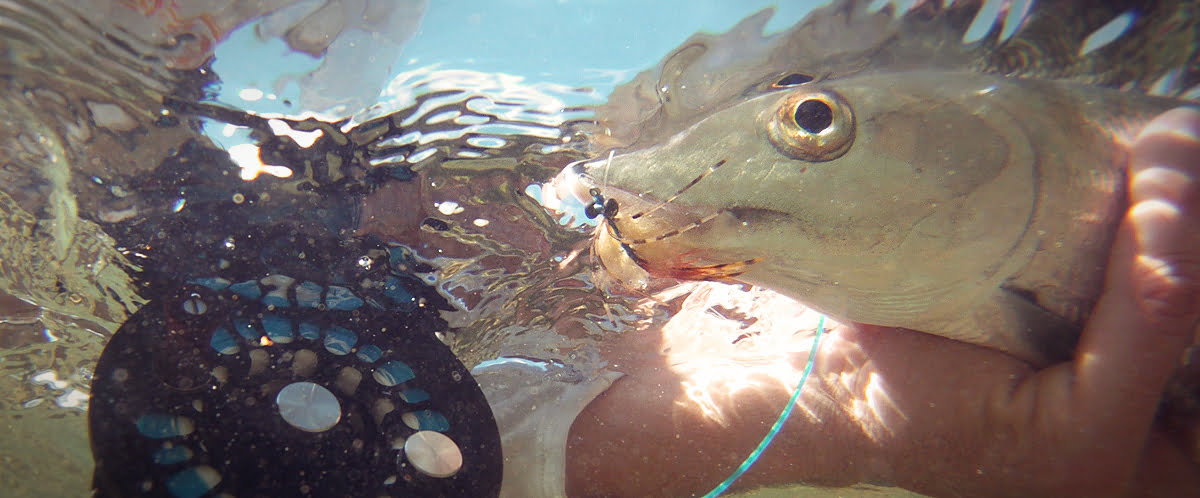An Embarrassment of Riches
Bonefish fly patterns: selecting them is arguably one of the most frustrating elements in any salt water anglers quest to consistently catch bonefish. This is probably because of the sheer variety of bonefish flies on the market, with more fly pattern variations appearing every day. Just take a look at Instagram #bonefishflies and you’ll see what I mean, and that’s (mostly) just the amateur bonefish fly tying world. Or, worse, one look in the saltwater fly bins of any Midwest tackle shop and you’re probably going to begin questioning the nature of reality itself. (There’s just so many colors, so many colors… [suck thumb and curl into fetal position])
What’s the solution? Just buy two of all the bonefish flies you find, one heavy and one light? First, you’d go broke, and, second, you’d probably catch only three bonefish—one on each version of the pattern that worked, and another one on some random fly you didn’t think would work but you got sick of not catching fish so you started throwing everything at them.
We’ve put together a few pointers for choosing the best fly patterns for your next saltwater fly fishing trip. Ours is specifically for bonefish, but the same principles apply for other species.
TIPS FOR CHOOSING THE BEST BONEFISH FLIES:
- Carry a variety of weights. Include heavy, medium and weightless flies of the same pattern. Of course, you can always cut off weight, but it’s difficult to add, so err on the side of slightly heavier.
- Match a variety of prey species. Crabs, shrimp and worms of various sizes.
- Know your flats. Research the area you’ll be fishing. Is it sandy, coral, grass, mixed bottom? How deep? Will you be fishing from a skiff or wading.
Bonefish: the Silver Bullet
Bonefish are strong, and fast. Pictured here are two common bonefish hooks that were reduced to “not hooks” after an encounter with bonefish. The smaller hook is a #6 and the larger a #4, both stainless Mustad® 34007 models.
The larger hook was straightened after a smallish, 2-2½ pound bone wrapped the 14-pound leader around a sponge and left town. The smaller hook was left in its present condition after a long run by a 5+ pound bonefish. Even though the drag was loose, the sheer pressure created by the drag of 100 feet of fly line through the water was enough to do that damage—opening the hook and ripping most of the material off the fly.
These were standard saltwater fly fishing hooks—the type used on many commercial flies of that time. But if a bonefish could open them so easily, then what hook should I be using. Well, I got myself a collection of hooks, a scale and a pliers and began testing. Here is what I discovered…







